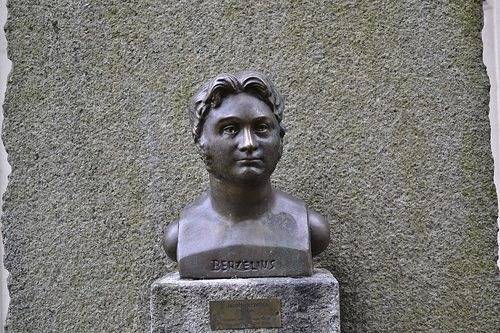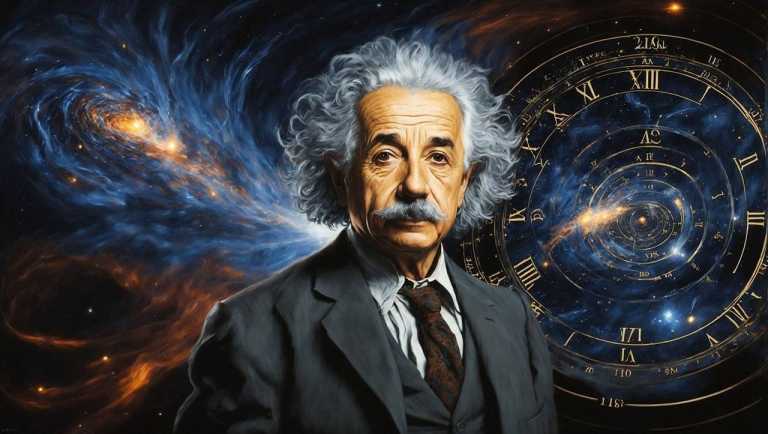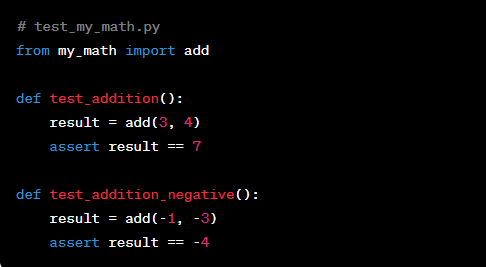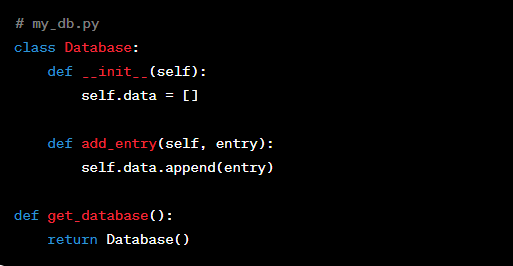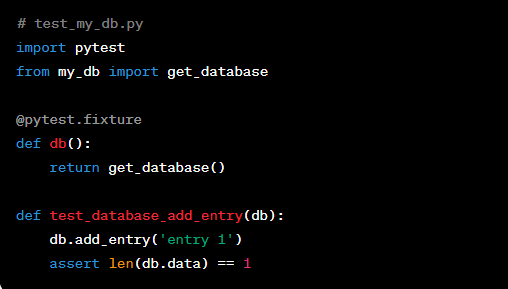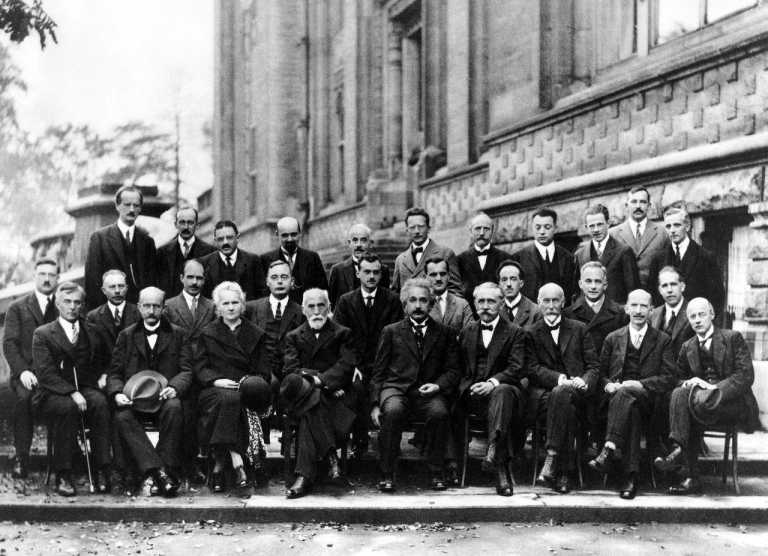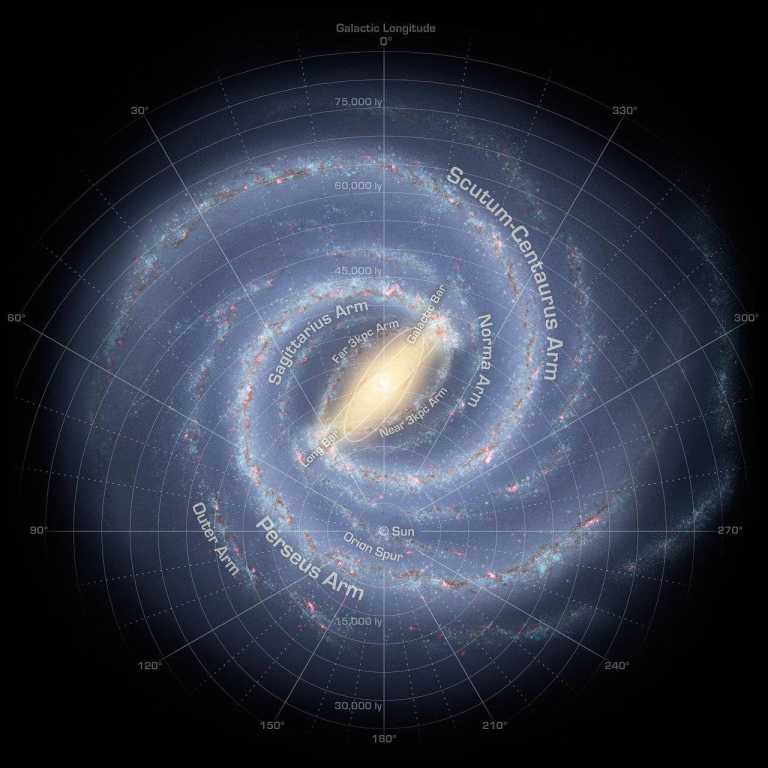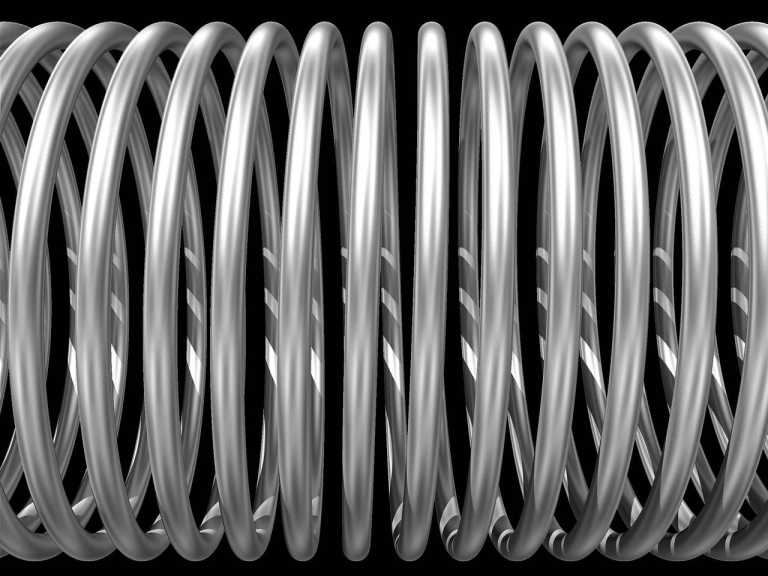Jöns Jacob Berzelius, known as the Father of Modern Chemistry, was a Swedish scientist who made great contributions to the field of chemistry. Berzelius was born in 1779 in Väversunda, Sweden. Berzelius (1779-48) studied medicine at Uppsala University, but he increasingly devoted himself to chemistry. His careful tabulation of relative atomic weights led him to propose a basic principle of chemistry: that inorganic chemical compounds are always composed of atoms combined in whole number amounts. Berzelius also discovered several elements, including thorium and cerium. In Sweden, his birthday is honoured as Happy Berzelius Day!
Founders of Modern Chemistry
Jacob is in august company as Chemists go as he is considered in the same breath and same calibre as the likes of Robert Boyle (1627-91), John Dalton(1766-44), and Antoine Lavoisier (1743-94), to be one of the founders of modern chemistry. Boyle is also credited with being one of the founders of the Scientific Method which I have discussed in previous posts. His law relating the pressure, p, of a gas to its volume, v, such pv=constant (for a fixed mass of gas keeping the temperature constant) commemorates his greatness, but further reading reveals that he was also in possession of what we call Charles’ (1746-32) law, even though it was known to Gay Lussac (1778-50) before him.
Boyle rejected the presidency of the Royal Society and like many “Giants” of the time, his academic and professional career was greatly influenced by his religious views, another such “Giant” who springs to mind when I think of Science and religion is Michael Faraday (1791-67) who uttered one of the most prophetic of all quotes in Science which I would like to relay. After introducing electricity to Prime Minister Gladstone (1809-98) and trying to explain it, the conversation between the two of them goes like this:
Gladstone: “But, after all, what use is it?”
Faraday: “Why, sir, I know not, but I am sure one day you will be able to tax it!”
Chemistry Pioneers
Berzelius is also placed alongside Dalton who reintroduced the theory of the atom (first proposed by Democritus (c370BC)) as well as Lavoisier who is considered today the father of analytical Chemistry. No doubt we have all heard the story of Lagrange (1736-13) lamenting at Lavoisier’s beheading during the Reign of Terror of the French Revolution (1789-99) because he got himself embroiled with tax collectors. Below is the quote:
“Il ne leur a fallu qu’un moment pour faire tomber cette tête, et cent années peut-être ne suffiront pas pour en reproduire une semblable.” (“It took them only an instant to cut off this head, and one hundred years might not suffice to reproduce it’s like”).J.L.Lagrange.
Berzelius’s Law
Returning to Berzelius, he made advances in areas of Chemistry, including chemical bonding (covalent, ionic) and stoichiometry (which is related to quantities of reactants and products in chemical reactions) and his findings today are known as “The Law of Constant Proportions”.
I seem to have meandered off-piste again, and unfortunately, I have run out of space. Sorry, “old friend”.

